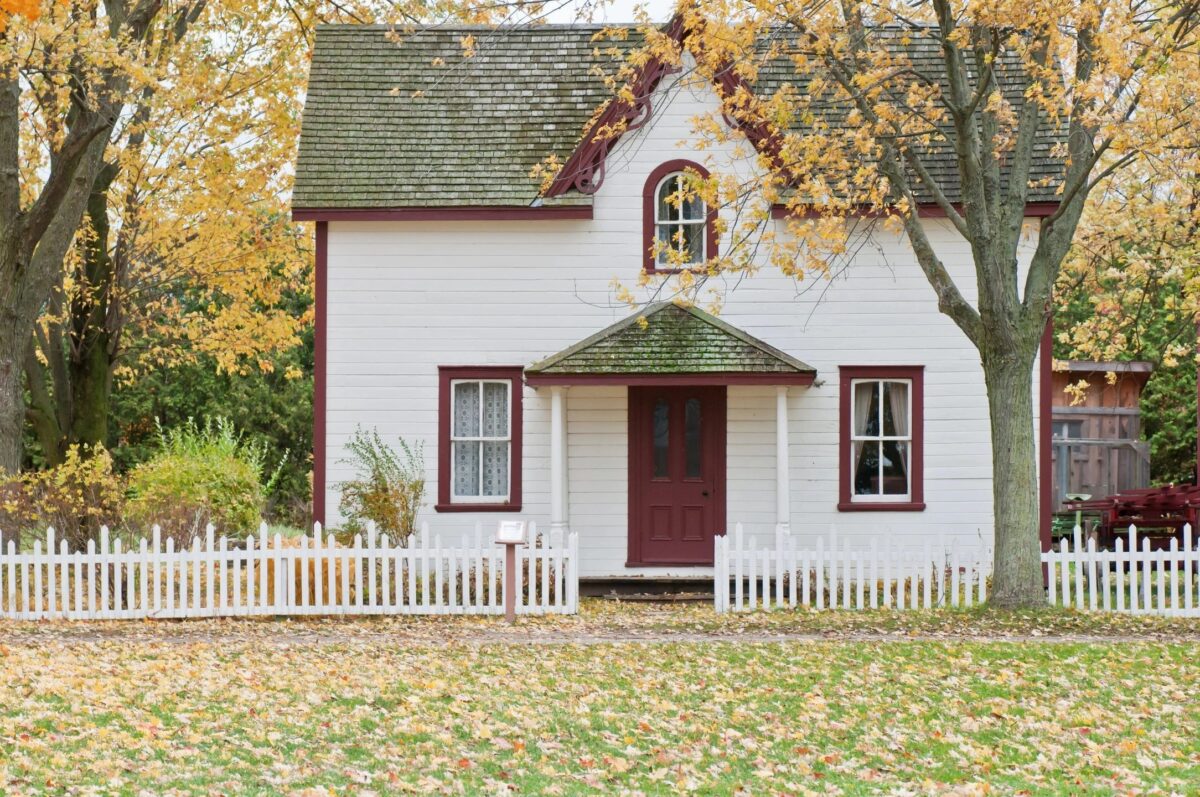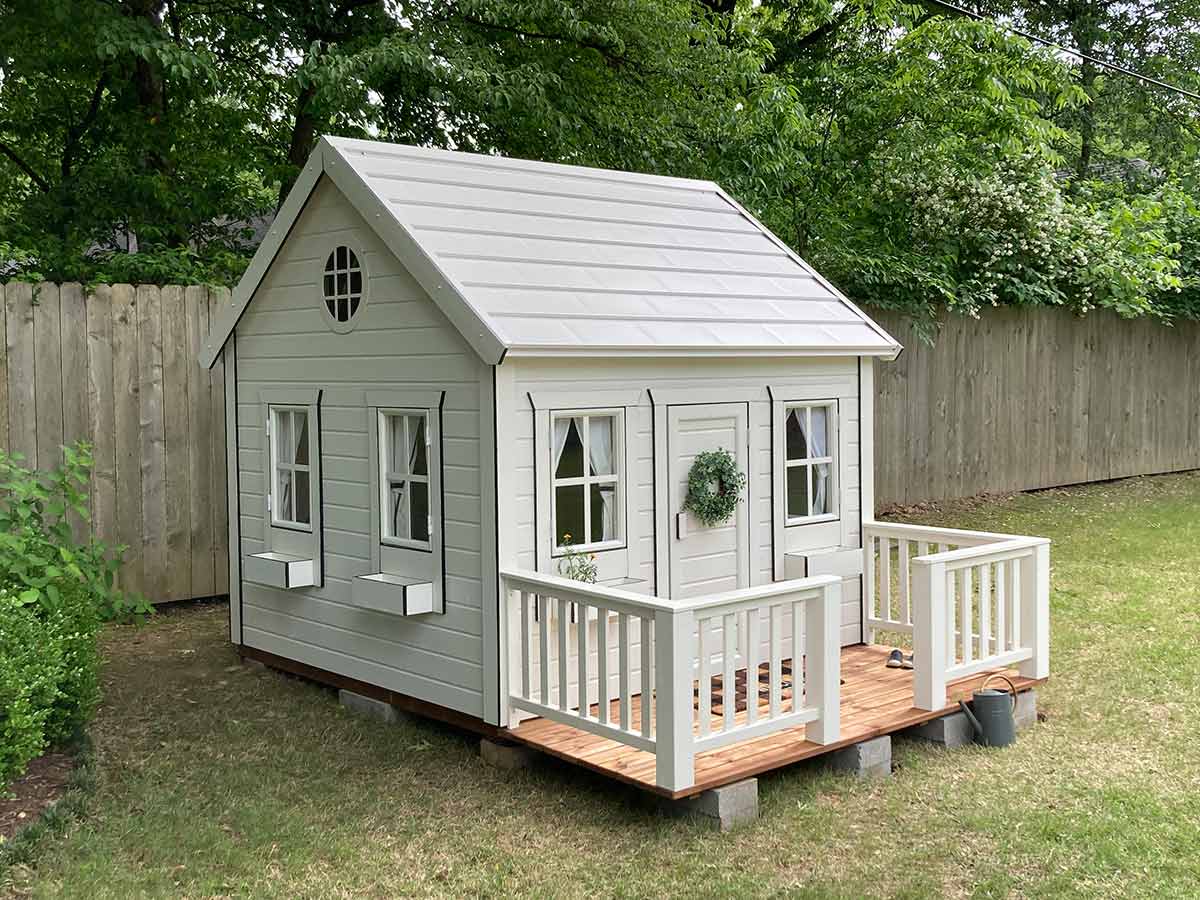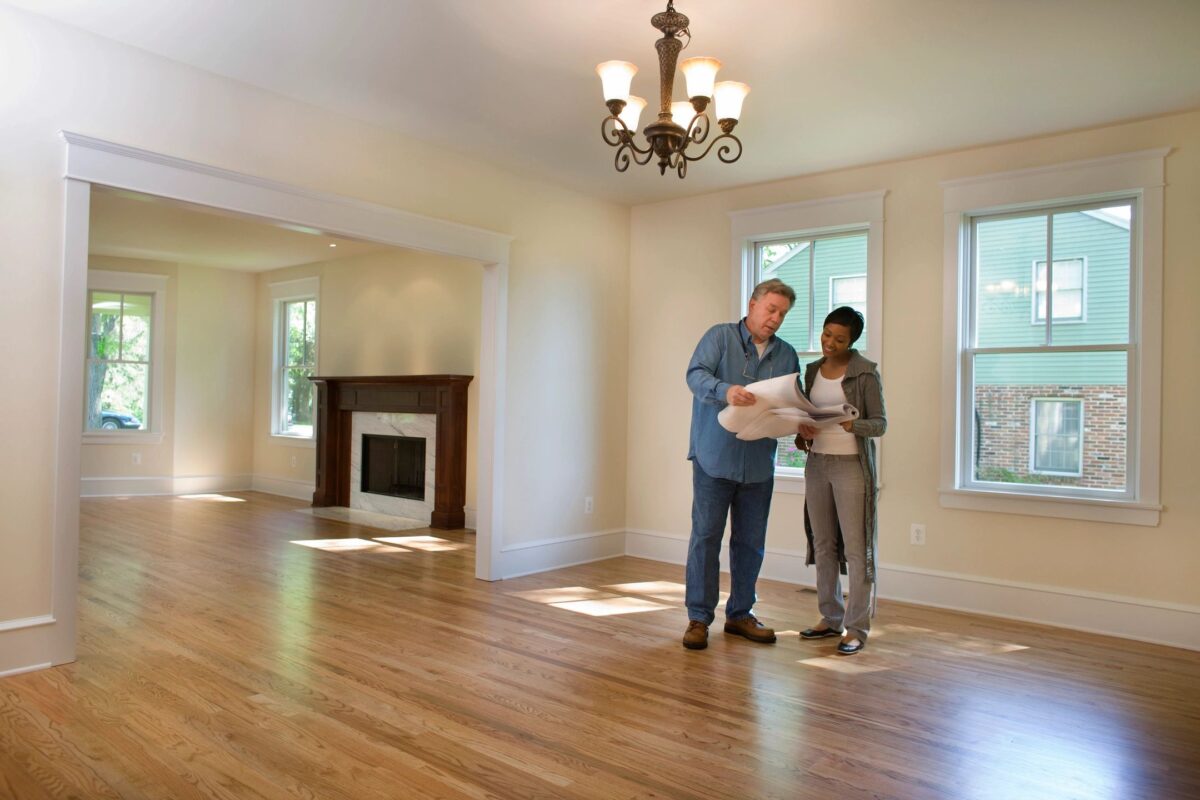By Dennis Sweeney, Executive Vice president
HBA of the Greater Rockford Area
I read an article about adaptive office building reuse, and it caught my attention because 1) our members have done similar and related (school) reuse projects in Rockford, and 2) it mentioned building codes as an obstacle to affordable residential conversions, although it only mentions one requirement—the bedroom window.
Over the past two decades, the once-local residential building code has become a national code driven by the Model Energy Code and green energy and zero carbon footprint policy objectives. As a result, market forces for energy consumption and conservation have been replaced by energy consumption and savings code mandates.
The first such mandate that had an impact on my thinking about this was when the ARC’s Great Home Give Away raffle house had to add insulation to the interior foundation walls, resulting in insulation and installation costs that were not budgeted for. Then there are the three air exchanges per hour mandate for new homes. (With pressure to lower it in every code cycle) There’s pressure to get a certificate of occupancy, requiring houses to be so airtight that you have to pull in outside air to operate modern gas furnaces and water heaters, appliances that will be on the radar to be eliminated as carbon fuel users.
This air exchange requirement has made the traditional wood burning fireplace obsolete. There may eventually be an energy code requirement to mandate their conversion to a ventless fireplace as a condition of a housing sale. This would be an energy version of a clear water inspection.
Finally, the excessive insulation requirements result in increased structural building costs due to the extra volume of insulation product. There is a lack of new insulation technology that would achieve the requirements with less product. HBAR member Bill Carlson of Carlson Roofing commented to me, “We’re making money the new fashion way, government mandates.”
I have no quarrel with those who want to build a zero-carbon footprint house, and neither will the builder. The issue is that they are mandating everyone must do the same. With the amount of known natural gas reserves, it makes no economic sense to impose this in the United States. Listen to the builders who have been in business, survived the recessions, and built hundreds of new homes. They know what they are doing and how to give buyers the best, affordable, energy-efficient product for their housing dollar. Then if you want to, you can always pay for more.










